Knives Out is a closed room murder mystery. When a famous mystery author is found murdered in his family mansion on his birthday, every family member is a suspect. Detective Benoit Blanc, the world’s last gentleman detective, is brought on to the case, family secrets start to come out. The plot feels like it is straight out of an Agatha Christie novel, from the closed room setting, to the suave gentleman detective. Just like his previous films, Johnson manages to tap into the iconography of a well established genre and bring new life into it. In many ways, Knives Out improves on the standard golden age detective story. The plot feels fresh and captivating, while still feeling like a classic mystery. Within the first twenty minutes of the film, I was surprised at a major turn in the plot. And the story does not do this once, but several times throughout. It is a fine line that Johnson walks, but he manages to both pay homage to the golden age detective myths that he borrows from while also introducing many surprising twists and reinterpretations into a well explored genre.
Overall, Knives Out makes for a very entertaining mystery that will provide plenty of twists and turns, and also offers a nostalgic look at the golden age of detective stories, with a fresh spin. The film even has things to say about immigration and politics in the United States, and about racial and economic barriers. With stand out performances by a great ensemble cast, and a plot that felt surprising and new, Knives Out is certainly worth watching, and even rewatching.

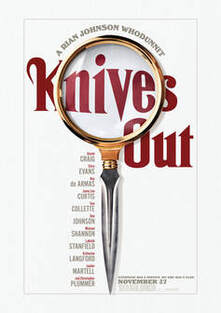
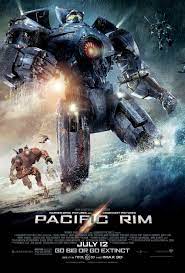
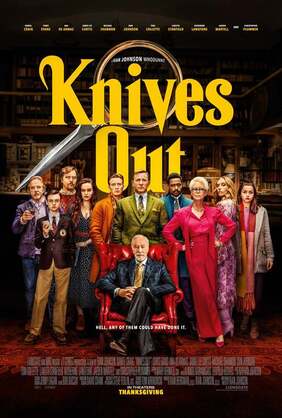
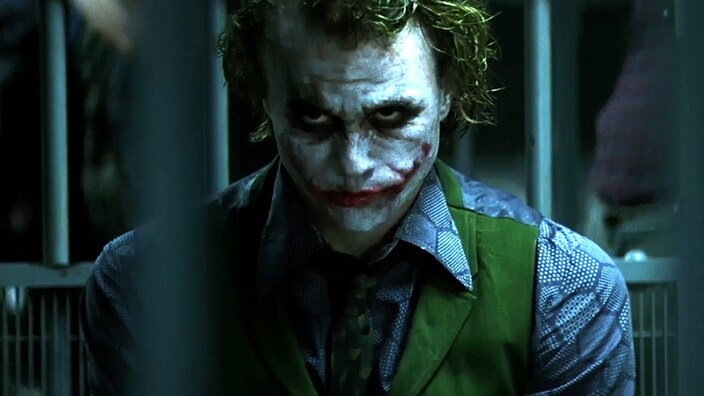
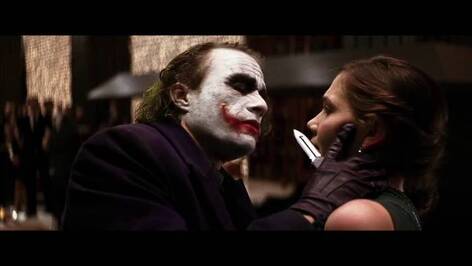
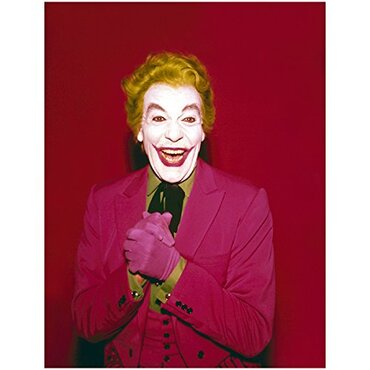
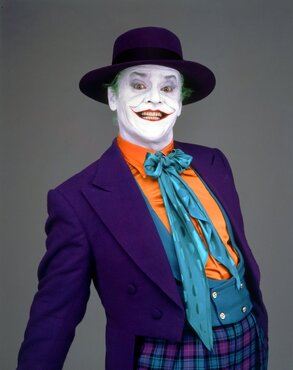

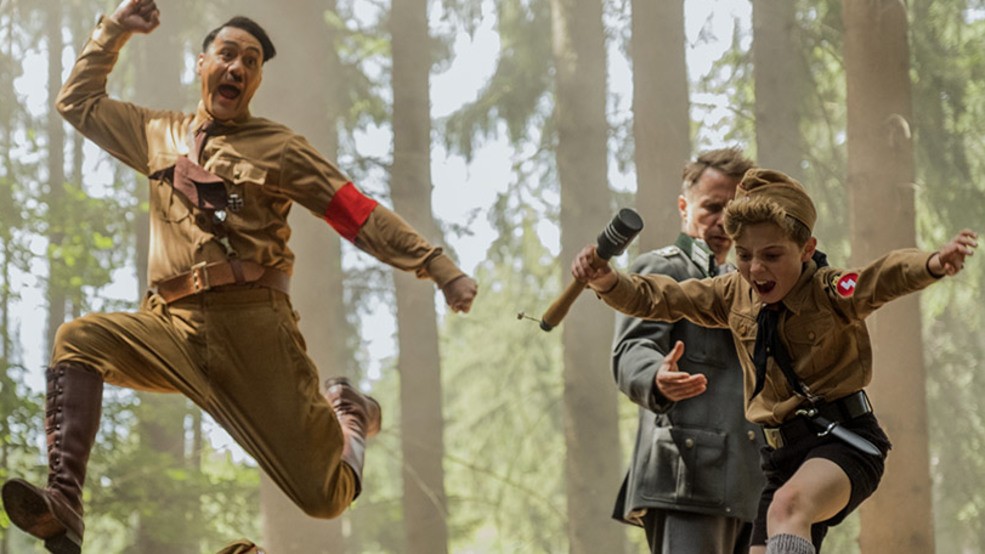
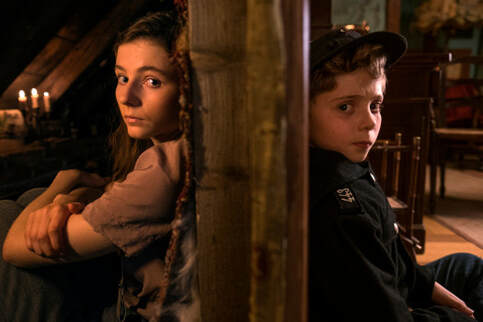
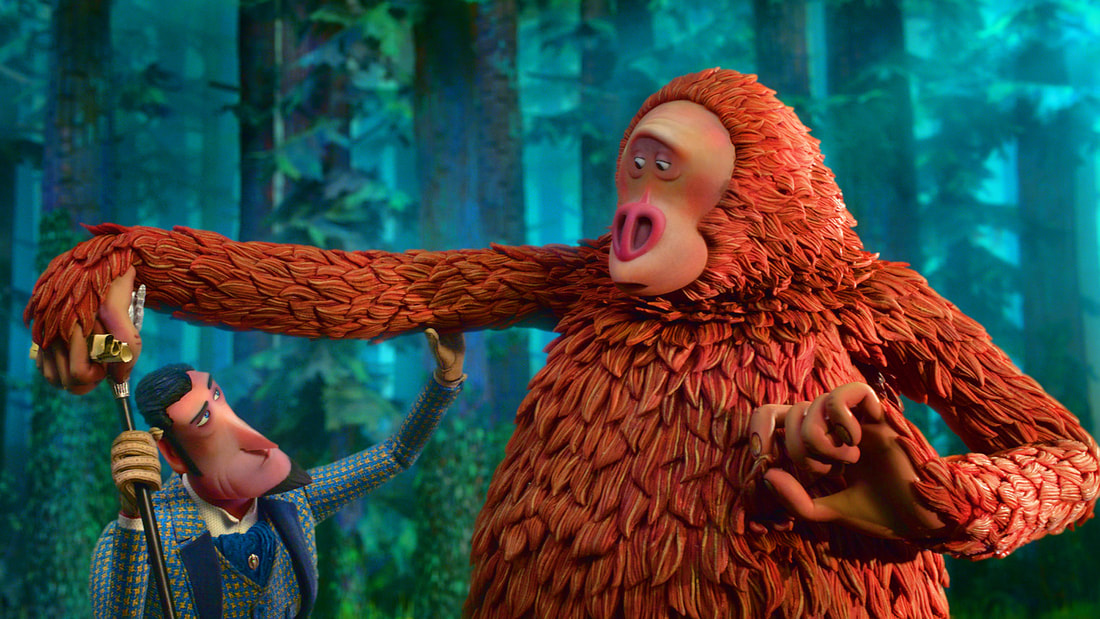
 RSS Feed
RSS Feed
